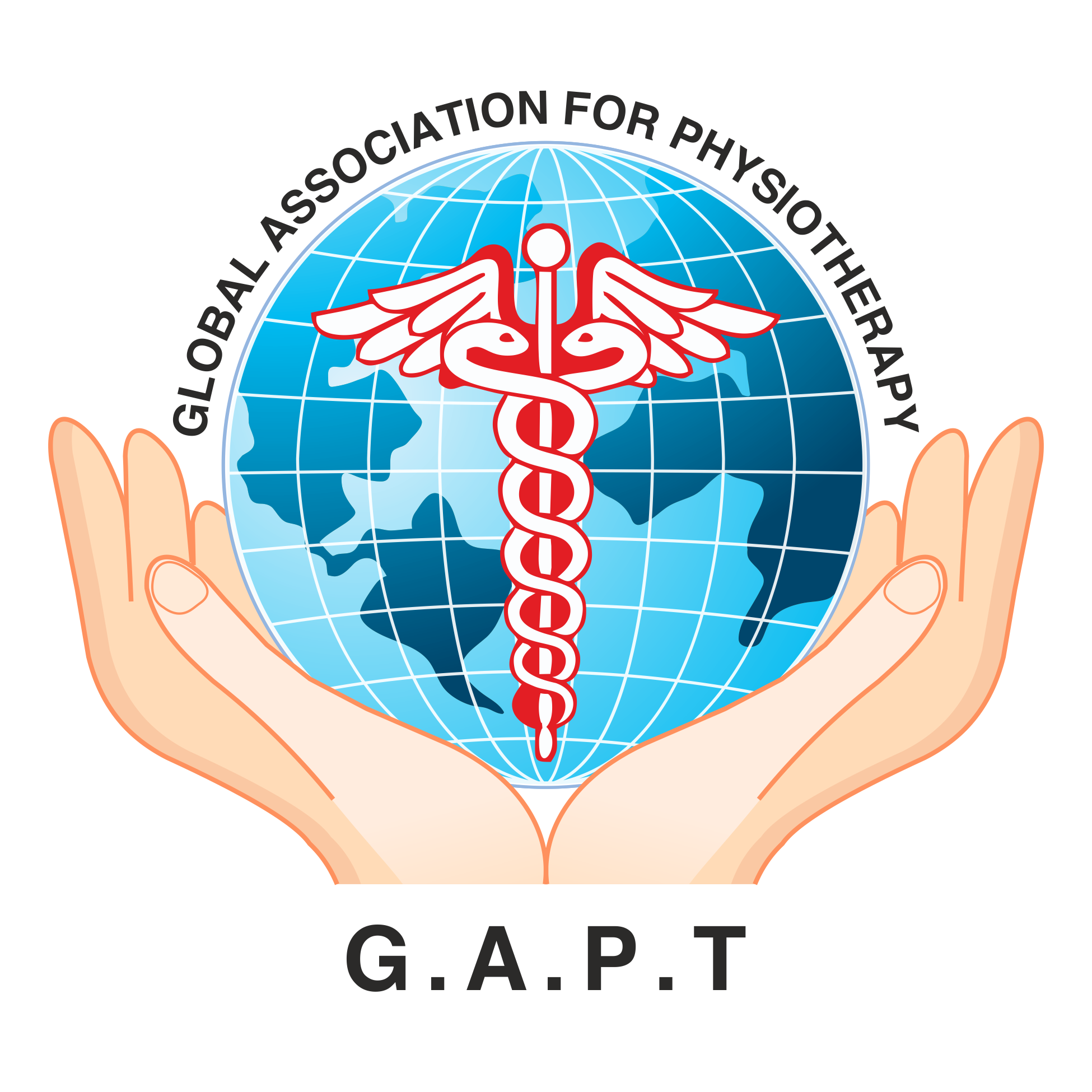Virtual reality has gained immense interest among teenage gamers, futuristic cinema houses, and AI-based programming companies. Virtual reality helps a person to see 2-dimensional things into 3-dimensional reality, through which a person can feel the surrounding environment and act according to it.

What if I tell you that VR-Based therapy can be an excellent and attractive approach with the involvement of visual, motor, auditory and somatosensory aspects of a person or patient. All these aspects of the human body help to integrate the body functioning with the brain, which can tremendously help one body to perform the desired movement more interactively and playfully.
Customized VR games can help in the field of musculoskeletal, neurology, cardiopulmonary rehabilitation, sports & orthopedics, pediatric and geriatric physical therapy departments.
These customized VR games can help patients to gain:
- balance
- posture control
- motor functioning
- sensory training
- aerobic conditioning
- functional activities
- walking pattern
- comprehension
- speech function
- hand-eye coordination
- upper & lower limb motor coordination
- muscle strengthening
- reducing disability and many more.
The fun fact is that patients find it more interesting and motivated to perform these activities with energetic haptic feedback with gaming experience, while the physical therapist or health care provider can achieve their goals with no time.
Restorative Approach:
The restorative approach focuses on restoring one body functioning to pre-injury or normal stage of patient life, with using affected side more involved at low intensity with slow progressive speed.
VR-based games can guide and force patients to perform the desired movement with an affected limb or side of the body to restore its normal functionality with visual, motor, auditory and somatosensory stimuli to integrate the body with the brain.
Slow progressive rate with this task-oriented therapy can help the patient to gain benefits of neuroplasticity and restoration.
Prakash Pandey
Physical Therapy Student
Vice President
Punjab State Student Wing
GAPT






